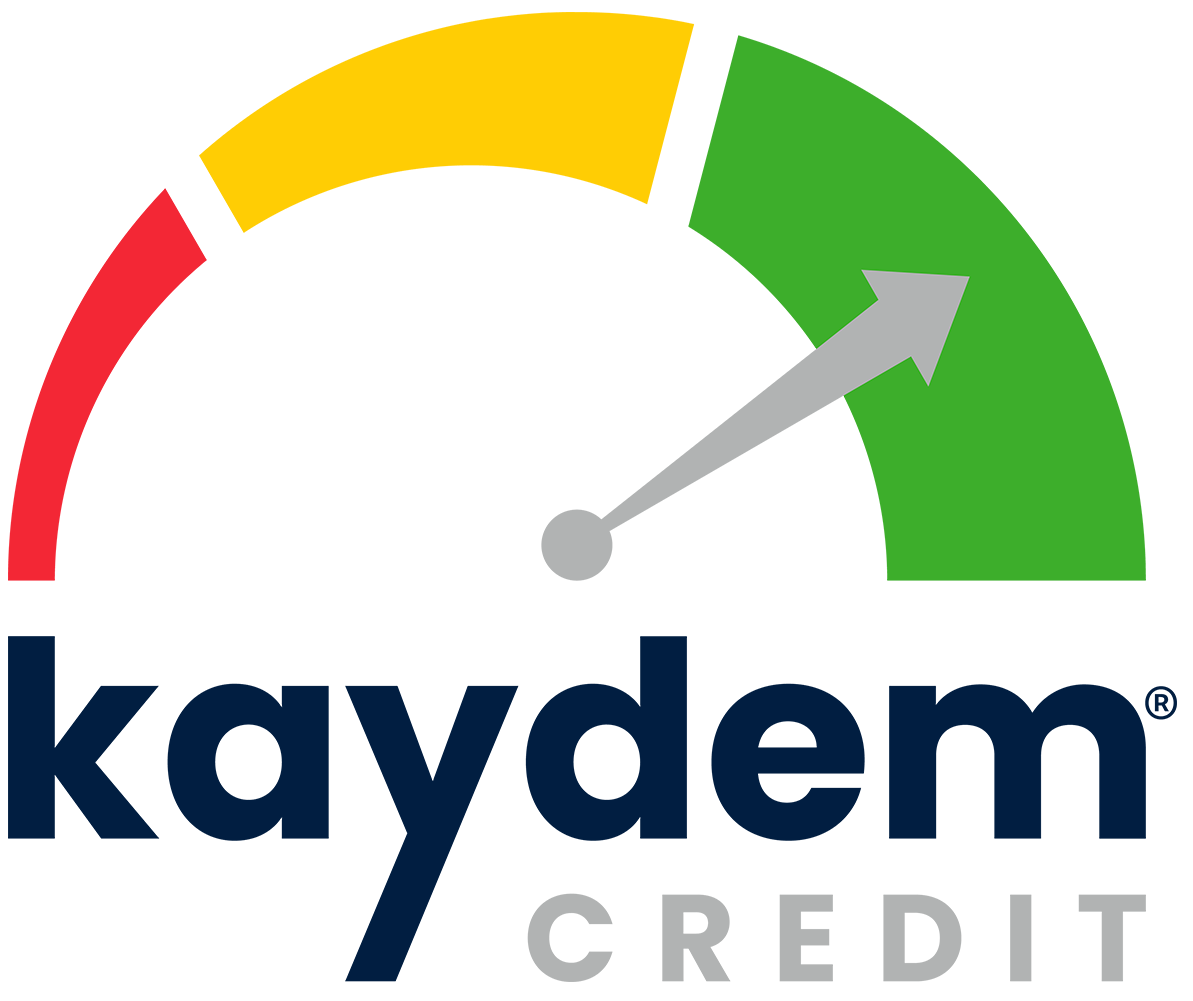Managing credit card debt can be challenging, especially when high interest rates make it difficult to reduce your outstanding balance. Balance transfers offer a promising solution for individuals looking to regain control of their finances. A balance transfer allows you to move your existing credit card debt to a new card with lower interest rates to save money on interest and pay down your debt more efficiently. This article delves into what a balance transfer is and how it works.
We’ll guide you through the steps for performing a balance transfer, highlight the benefits and potential downsides, and help you determine whether this strategy is right for you. By understanding the mechanics of balance transfers and carefully evaluating your options, you can make informed decisions that pave the way toward greater financial stability and freedom.
What is a Balance Transfer?
A balance transfer is the process of moving the outstanding balance from one or more credit cards to a different credit card, usually one that offers a lower interest rate. The primary aim of a balance transfer is to reduce the amount of interest accrued on your debt, making it easier and faster to pay off.
Balance transfers work by transferring debt from high-interest credit cards to a credit card with a lower interest rate, often during an introductory period where the new card offers 0% APR. This allows you to consolidate your debt into one manageable payment, potentially saving money on interest and helping you pay off your balance more efficiently. By taking advantage of these lower rates, you can focus more on reducing the principal amount of your debt rather than being bogged down by high interest charges.
Steps to Perform a Balance Transfer
1. Evaluate Your Debt
Before considering a balance transfer, get a clear picture of your current financial situation. Assess all your existing credit card debts, taking note of the outstanding balances, interest rates, and any fees associated with each card. This evaluation will help you determine how much you need to transfer and the potential savings you could achieve through a balance transfer.
2. Find a Suitable Balance Transfer Credit Card
The next step is to find a credit card that offers favorable terms for balance transfers. Look for cards with attractive balance transfer promotions, such as 0% introductory APR for a specified period or low ongoing interest rates. Research various options and compare the offers to ensure you choose the best card for your needs.
3. Apply for the Balance Transfer Card
After selecting an appropriate balance transfer card, proceed with the application process. This typically involves providing personal information, financial details, and credit history. A good credit score can increase your chances of approval and eligibility for the best promotional offers, so ensure your financial profile is in good shape before applying.
4. Initiate the Balance Transfer
After receiving approval for the new card, you can initiate the balance transfer. Contact the new card issuer and provide the details of the debts you want to transfer, such as account numbers and amounts. The issuer will then pay off these balances on your behalf and transfer the total amount to your new card, but remember to follow up and confirm that the transfers have been completed successfully.
5. Understand Fees and Terms
It’s essential to be aware of any fees associated with a balance transfer. Typically, these fees range from 3% to 5% of the transferred amount. Additionally, understand the terms of the introductory offer, including the duration of the 0% APR period and the interest rate after the promotional period ends. Being informed about these details will help you effectively plan your repayment strategy.
6. Focus on Paying Down the Debt
With your balances consolidated onto a single card at a lower interest rate, it’s important to focus on repaying your debt aggressively during the promotional period. Develop a repayment plan that allows you to pay off as much of the principal as possible before the introductory rate expires. Make regular, on-time payments and avoid adding new charges to the card to maximize the benefits of the balance transfer.
Benefits of a Balance Transfer
Lower Interest Rates
One of the most significant benefits of a balance transfer is the potential savings on interest payments. Moving your debt to a credit card with a lower interest rate can significantly reduce the amount of interest you pay over time. Many balance transfer cards offer a 0% introductory APR for a specified period, allowing you to focus on paying down the principal without accruing additional interest. This can lead to substantial savings and help you become debt-free faster.
Simplified Payments
Managing multiple credit card debts can be overwhelming, especially when each card has a different due date and interest rate. A balance transfer consolidates these debts into a single payment, simplifying your financial management. With just one monthly payment to keep track of, you reduce the risk of missing payments and incurring late fees. This streamlined approach makes it easier to stay organized and focused on your debt repayment goals.
Debt Repayment Focus
A balance transfer provides an opportunity to concentrate on paying down your debt without the burden of accumulating interest. During the introductory 0% APR period, all your payments go directly towards reducing the principal balance. This allows you to make more significant progress in paying off your debt. By taking advantage of this interest-free period and making consistent payments, you can achieve your debt reduction goals more efficiently.
Potential Downsides
Balance Transfer Fees
While balance transfers can save you money on interest, they often come with fees that can impact your overall savings. Most credit card issuers charge a balance transfer fee, typically ranging from 3% to 5% of the transferred amount. For example, transferring a $5,000 balance could cost you between $150 and $250 in fees. It’s important to factor these fees into your decision-making process to ensure the potential savings outweigh the costs.
Introductory Period Limits
The 0% APR offer on balance transfer cards is usually temporary, lasting anywhere from six to 21 months. Once this introductory period ends, the interest rate will revert to the card’s standard APR, which can be significantly higher. If you haven’t paid off your balance by the end of the promotional period, you’ll start accruing interest on the remaining debt at a higher rate. This can negate some of the benefits of the balance transfer if you cannot pay down the debt within the designated time frame.
Impact on Credit Score
Applying for a new balance transfer credit card can have short-term effects on your credit score. When you apply for a new card, the issuer performs a hard inquiry on your credit report, which can temporarily lower your score. Additionally, opening a new credit account can affect your average account age, influencing your credit score. However, responsible management of the new card—such as making on-time payments and reducing your overall debt—can lead to long-term benefits for your credit score.
Is a Balance Transfer Right for You?
Deciding whether a balance transfer is the right approach for managing your debt involves evaluating various factors. Here are some important considerations:
Suitability Based on Debt Amount, Repayment Ability, and Fee Analysis
A balance transfer might be suitable for you if:
On the other hand, if the fees are too high or there’s a risk you won’t be able to pay off the debt within the introductory period, you might need to consider alternative strategies.
Alternative Debt Management Strategies
If this solution isn’t right for you, consider these alternatives:
Final Thoughts
Understanding the intricacies of balance transfers is crucial for anyone looking to manage their credit card debt effectively. These financial tools can offer significant benefits, such as lower interest rates and simplified payments, but they also come with potential downsides like transfer fees and temporary introductory periods.
Carefully evaluating both the advantages and disadvantages is essential to determine if a balance transfer aligns with your financial goals. By thoroughly assessing your debt amount, repayment capability, and the associated costs, you can make an informed decision that maximizes your savings and helps you achieve financial freedom.
Ultimately, making well-informed choices about debt management strategies will empower you to take control of your finances and work towards a debt-free future.







